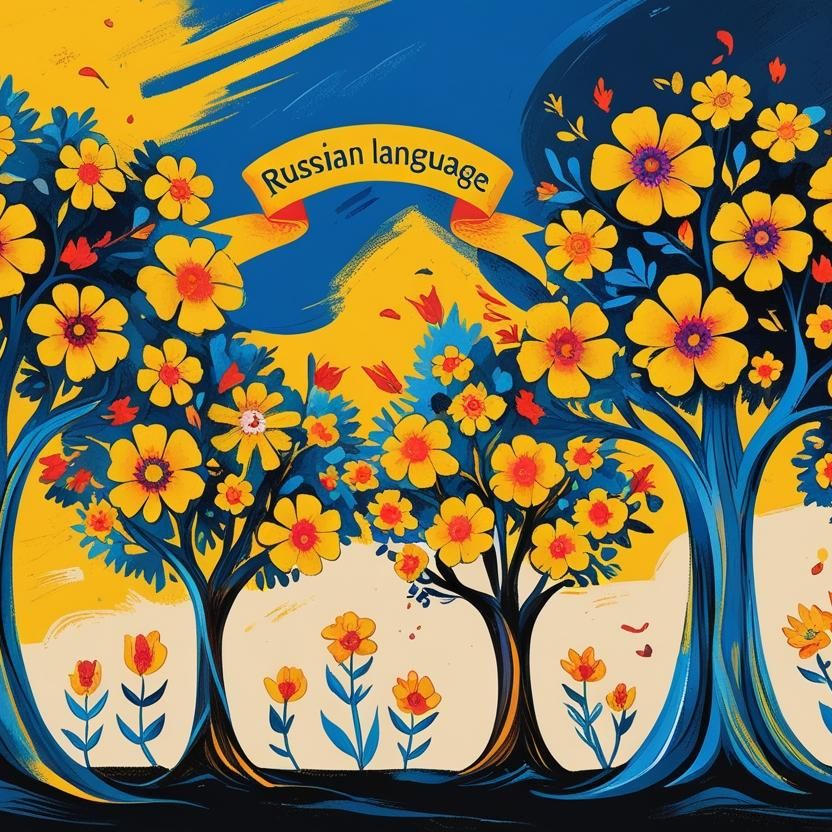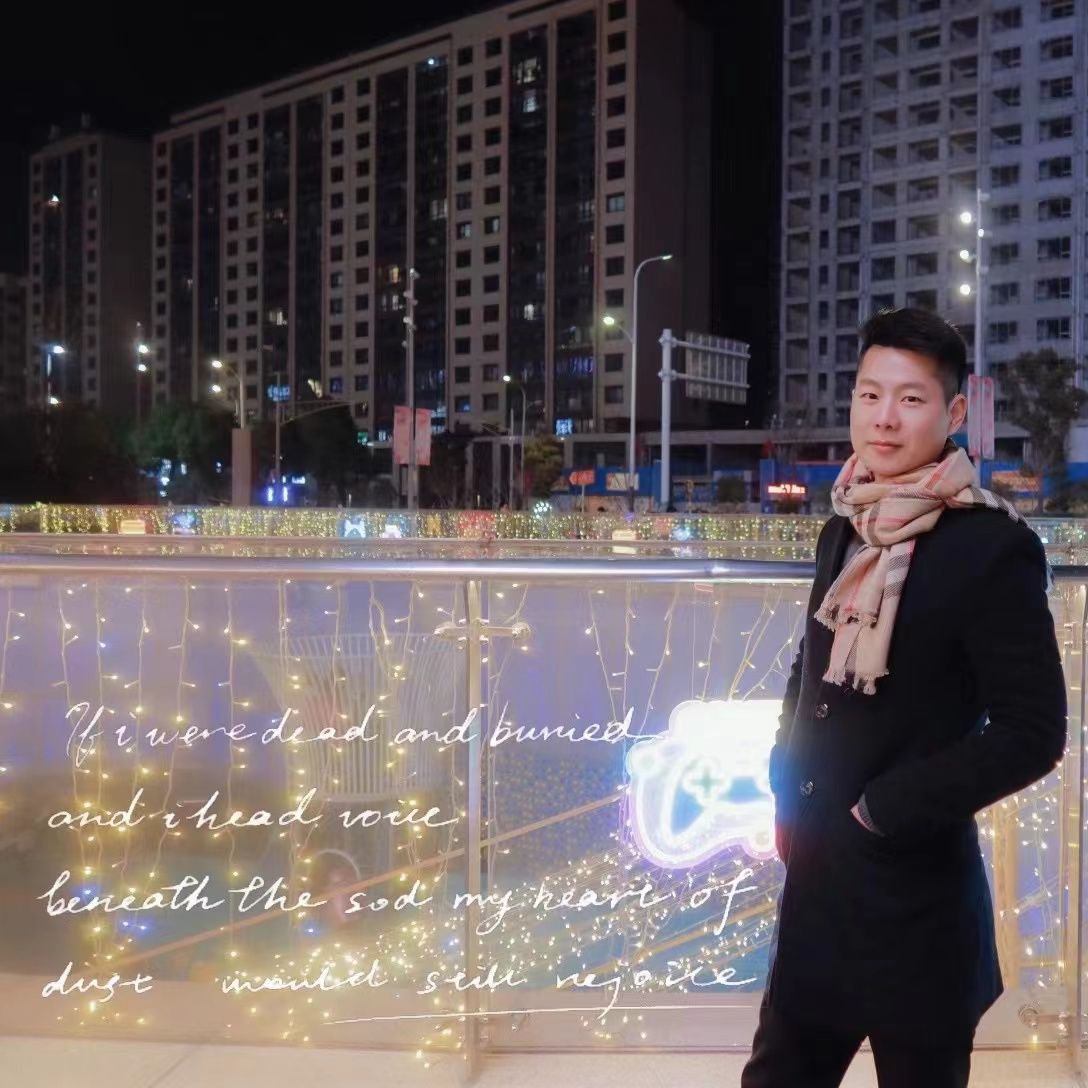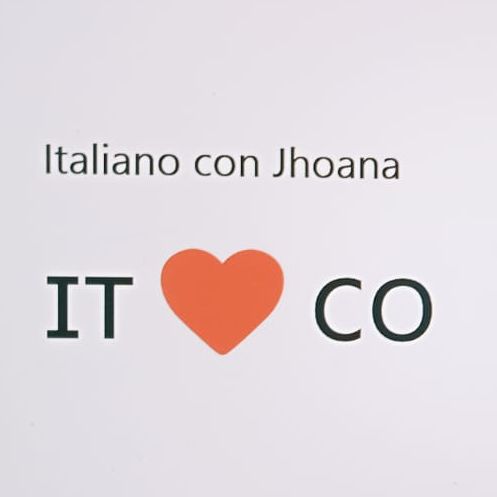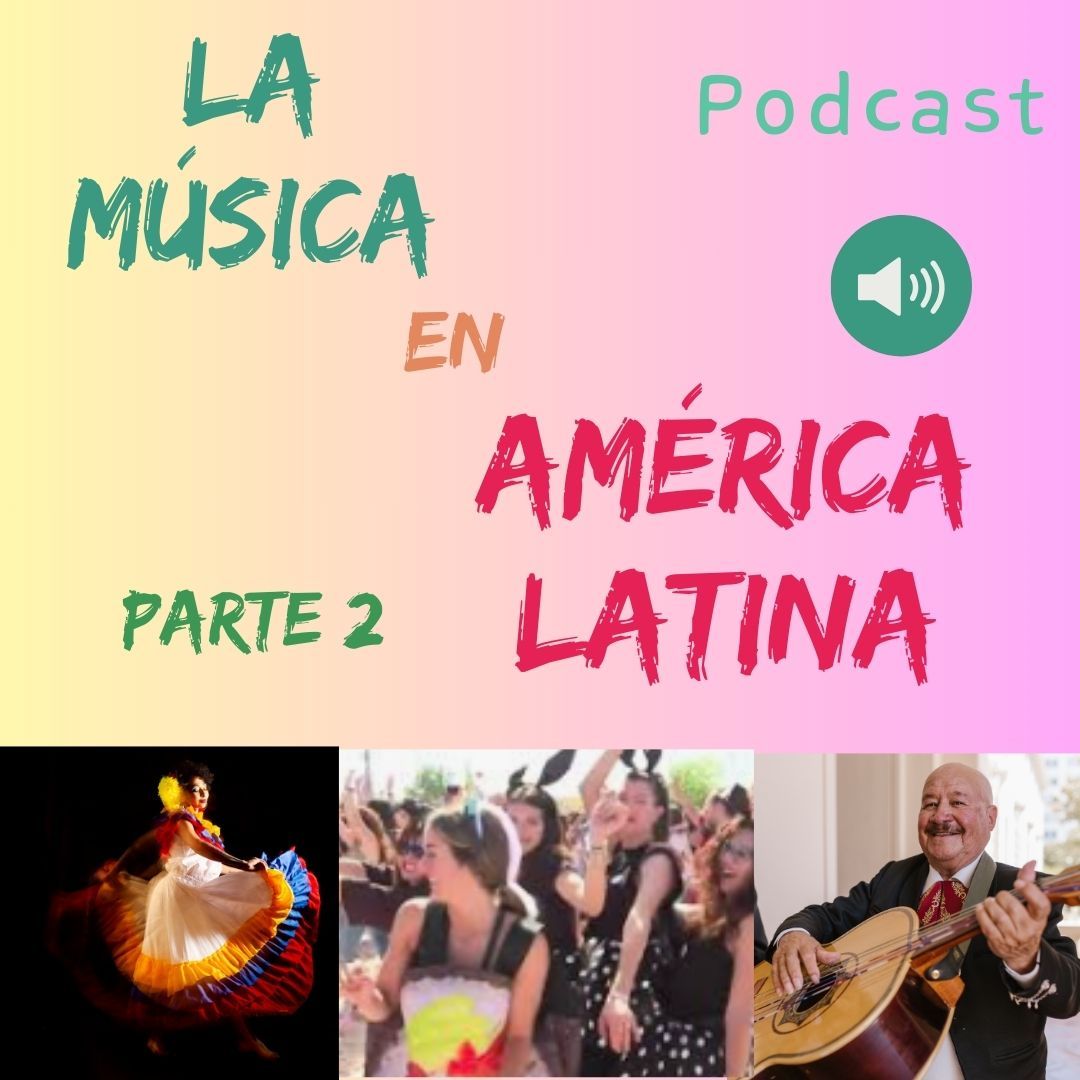搜尋自 英語 {1} 教師……

汉语语法之“了”
說明
1. - is used at the end of a sentence to indicate a change and to express a definite tone of voice
2. - The particle "了" can also be used in the structure "要/快/就要/快要 +V/Adj+了" to indicate that the action is about to happen or that the situation is about to change.
3. - The negative adverbs "没有" and "了" cannot occur at the same time. For example, you can either say "我没吃早饭" or "我吃早饭了", not "我没吃早饭了". However, the verbs "没有" and "了" can appear at the same time, e.g.: "我没有钱了."
4.- Some adverbs that emphasise the late occurrence of an action cannot occur at the same time as "了", e.g. "刚、才、刚刚", etc.
5.-Adverbs that indicate that the action occurs frequently and "了" cannot occur at the same time, e.g. "经常、常常、每", etc.
Podcast 頻道
Eva Wang的channel ——汉语语法对比合集
創作者
Podcast全集

Why it`s not possible to quickly start speaking a foreign language.

이번 신제품 샘플 언제 받아 볼 수 있어? 这次新款的样品什么时候能收到?

한국어 토픽 1 듣기 연습

追星 Starchaser(Intermediate and advanced level)

第三课 有没有到北京的飞机票?lesson 3 Do you have a ticket to BeiJing?

Son and Daughter 儿子和女儿

Colazione all'italiana

La música en América Latina - Parte II Cumbia, Reggaetón, Ranchera
熱門集數

Let's improve your Russian
Why it`s not possible to quickly start speaking a foreign language.

[YOON] 1분 한국어
이번 신제품 샘플 언제 받아 볼 수 있어? 这次新款的样品什么时候能收到?

한국어 토픽 듣기
한국어 토픽 1 듣기 연습

Yuli's Chinese Channel
追星 Starchaser(Intermediate and advanced level)

Basic communication conversations
第三课 有没有到北京的飞机票?lesson 3 Do you have a ticket to BeiJing?

A short and interesting Chinese daily article for every day
Son and Daughter 儿子和女儿

Vivendo tra due lingue
Colazione all'italiana

Español con todo
La música en América Latina - Parte II Cumbia, Reggaetón, Ranchera